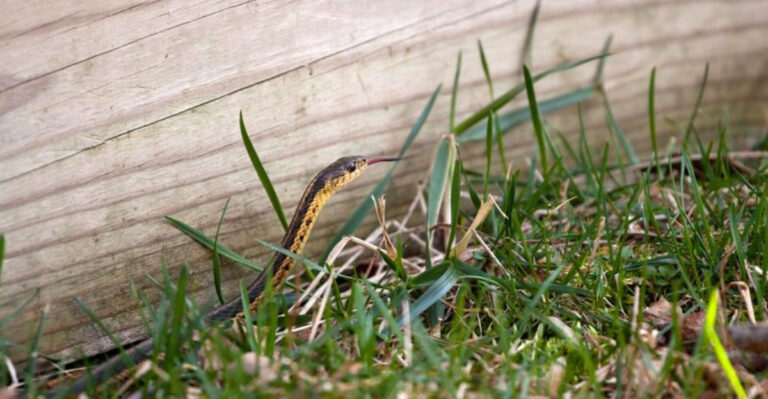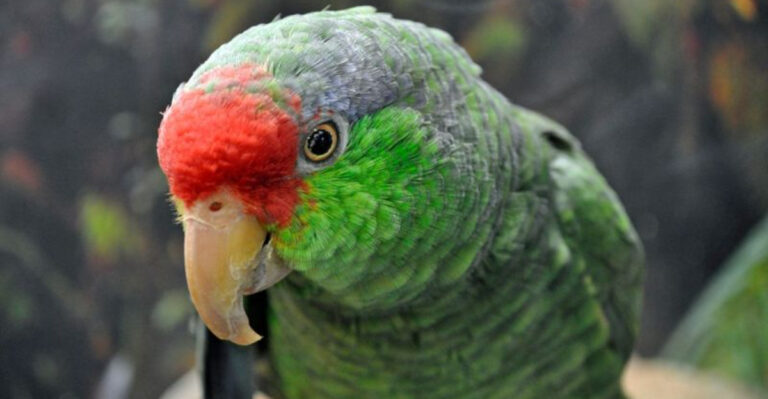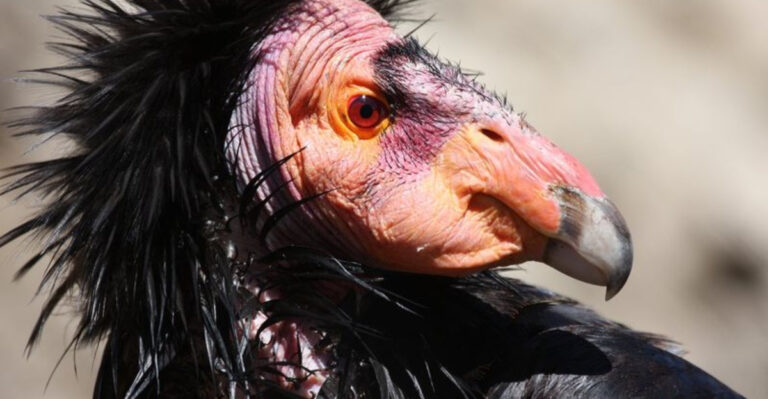Ancestor Of All Animals Discovered In 555-Million-Year-Old Australian Fossils
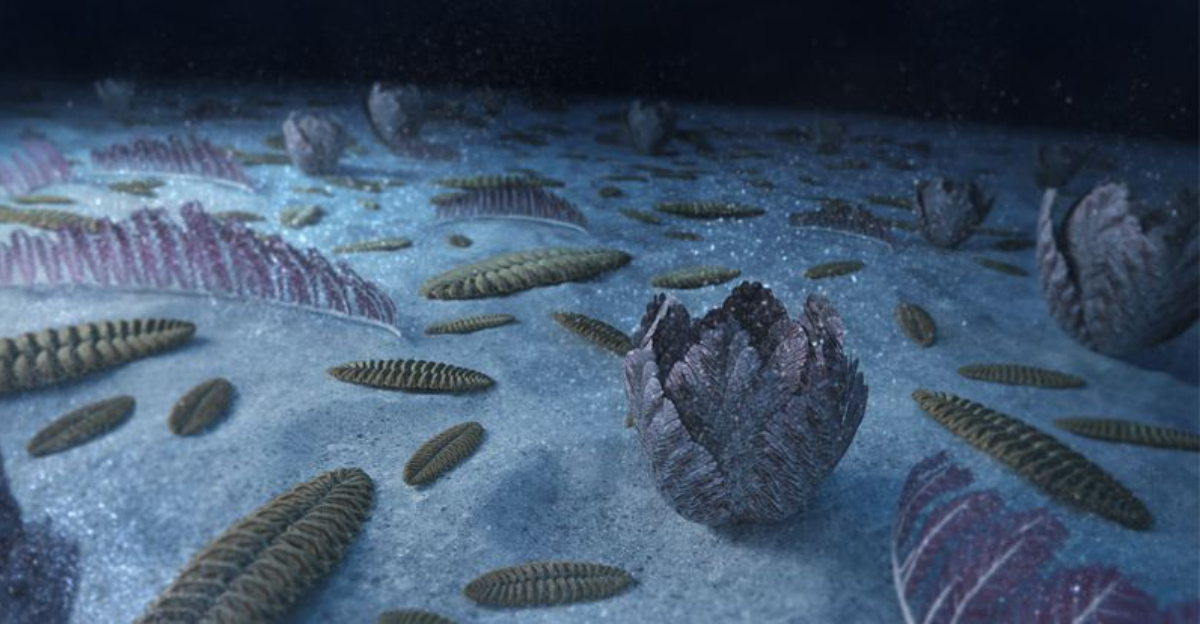
Imagine a time when Earth looked nothing like today, with strange creatures roaming ancient seas. Scientists recently unearthed fossils in Australia dating back 555 million years that might be our earliest animal ancestor.
This tiny worm-like creature, named Ikaria wariootia, could be the missing link that connects all animals on Earth today to our most distant past.
The Discovery Of The 555-Million-Year-Old Australian Fossil
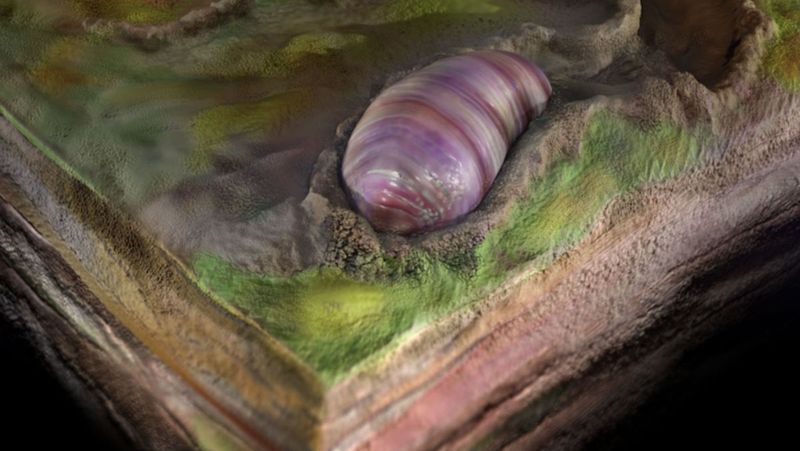
Buried in sandstone for over half a billion years, these rice-grain-sized fossils were hiding in plain sight. Scientists from the University of California, Riverside, found them in the Ediacara Hills of South Australia in 2020.
Though researchers had noticed burrows before, they hadn’t seen the creatures that made them until advanced scanning technology revealed their tiny bodies.
What Makes Ikaria Wariootia The Ancestor Of All Animals
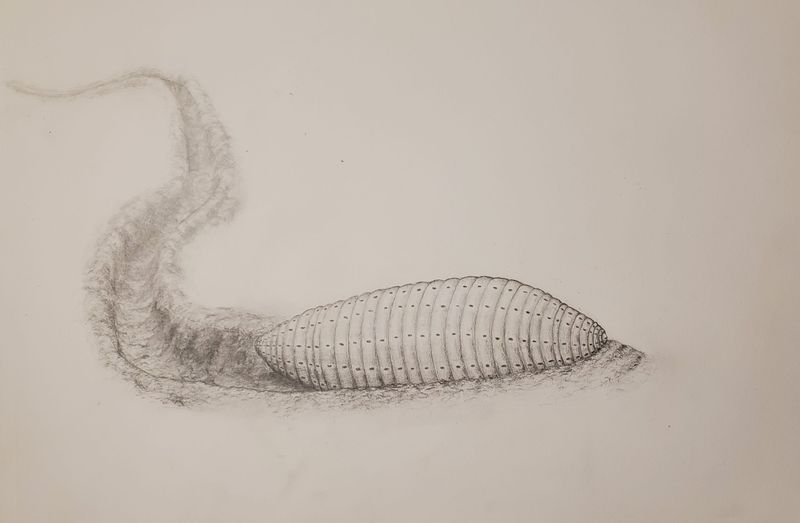
Ever wonder what makes you related to a fish or a butterfly? The answer lies in this ancient creature’s body plan. Ikaria wariootia had a front and back end, with a distinct head and tail, plus a gut running through its body.
This simple design—called bilateral symmetry—is the blueprint for virtually all animals alive today, from insects to humans.
The Significance Of Bilateral Symmetry In Early Animals
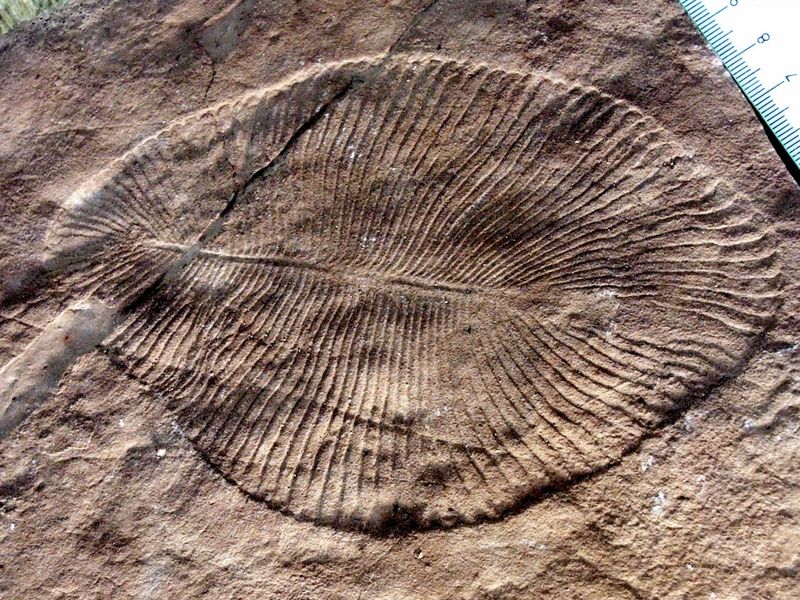
Front and back, left and right—this simple body arrangement revolutionized animal life. When Ikaria developed this blueprint, it allowed for more efficient movement and better sensing of the environment.
Like a submarine with a defined front end, these creatures could actively search for food rather than just waiting for it. This innovation sparked an evolutionary explosion that eventually led to complex creatures.
How Advanced 3D Scanning Led To The Discovery
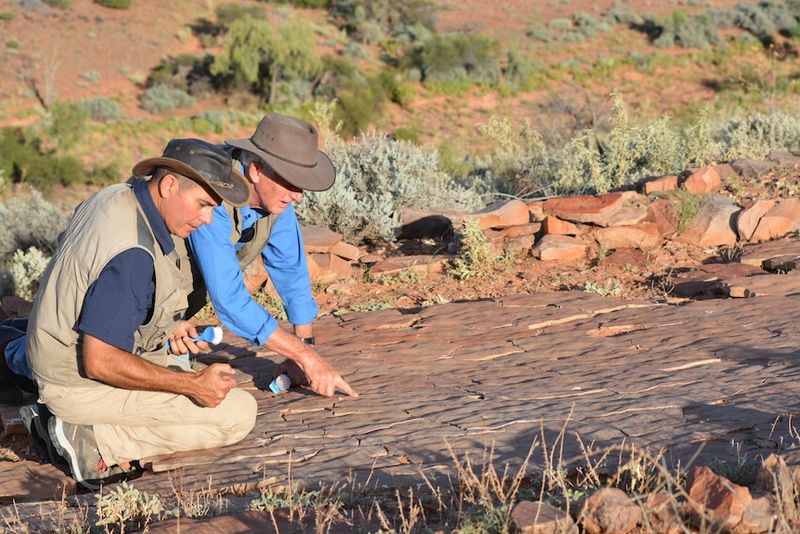
Sometimes the biggest discoveries require the smallest views. Scientists used laser scanning technology that can detect microscopic differences in rock density to finally “see” these elusive creatures.
The 3D scans revealed tiny body impressions that had been impossible to spot with the naked eye. This high-tech detective work finally solved a mystery that had puzzled paleontologists for decades.
Ikaria Wariootia And Its Role In Animal Evolution
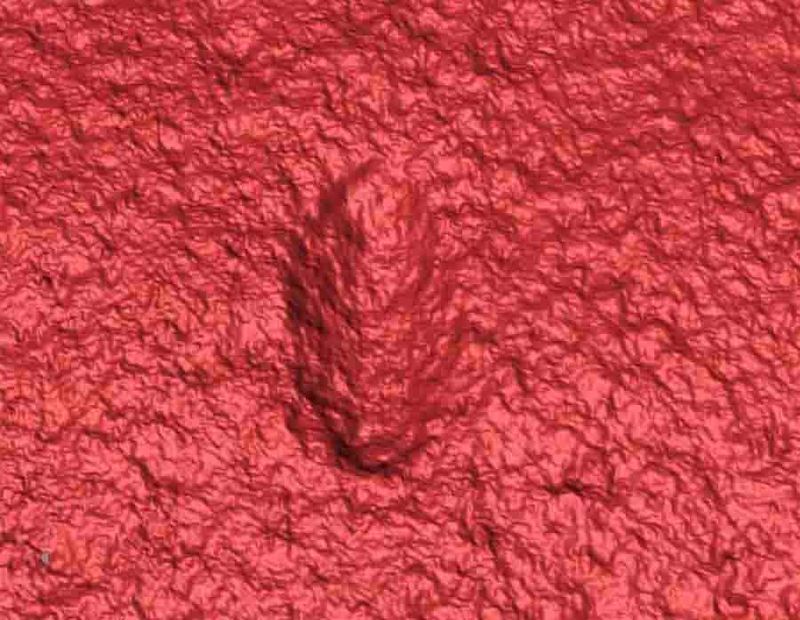
Named after the Adnyamathanha term for “meeting place,” Ikaria connects us to our deepest roots. These tiny pioneers were among the first creatures to crawl through ancient seafloor mud, leaving distinctive trails as evidence of their movement.
Measuring just 2-7 millimeters long, they represent a crucial missing link between simple organisms and the complex animal body plans that would follow.
The Ediacaran Period And The Rise Of Complex Life
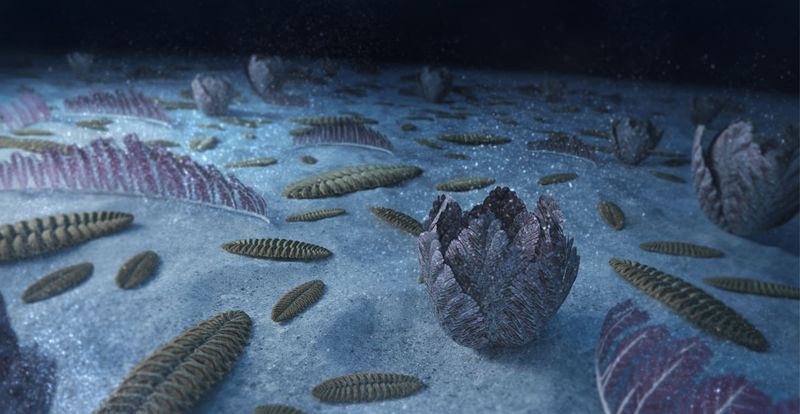
Before dinosaurs, before fish, even before most creatures had hard parts, the Ediacaran Period (635-541 million years ago) marked life’s first big experiment with complexity. Most Ediacaran organisms were bizarre, with body plans unlike anything alive today.
Ikaria stands out because it’s recognizably related to modern animals. It emerged during a critical time when Earth’s oceans were changing dramatically, allowing new life forms to flourish.
The Fossil’s Impact On Our Understanding Of Early Animal Development
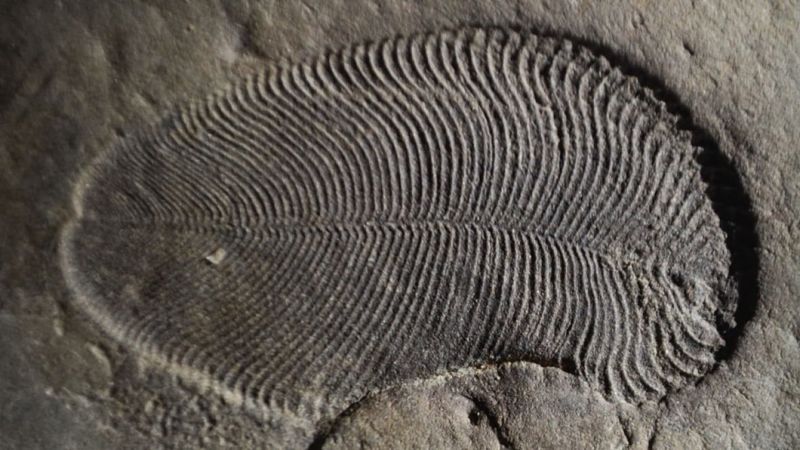
Finding Ikaria was like discovering a missing page from life’s history book. For years, scientists knew that bilaterians (animals with bilateral symmetry) must have existed during this time based on genetic evidence, but couldn’t find them.
Ikaria confirms theories about when our deepest animal ancestors appeared. Its simple but effective body design shows how evolution works—starting with basic innovations that prove so successful they spread throughout the tree of life.
What This Discovery Tells Us About The Origins Of Bilaterians
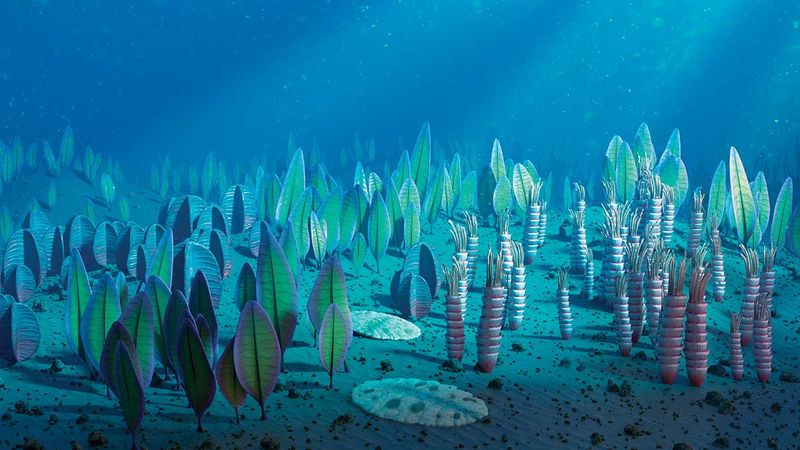
Who would have thought that a creature smaller than a grain of rice could reshape our understanding of animal origins? Ikaria shows that the bilaterian body plan emerged earlier than previously confirmed.
Genetic studies had hinted at this timeline, but Ikaria provides the physical proof. Its simple form suggests that the first bilateral animals were modest pioneers rather than complex creatures, starting small before conquering Earth’s oceans.
The Future Of Fossil Research And Understanding Early Life
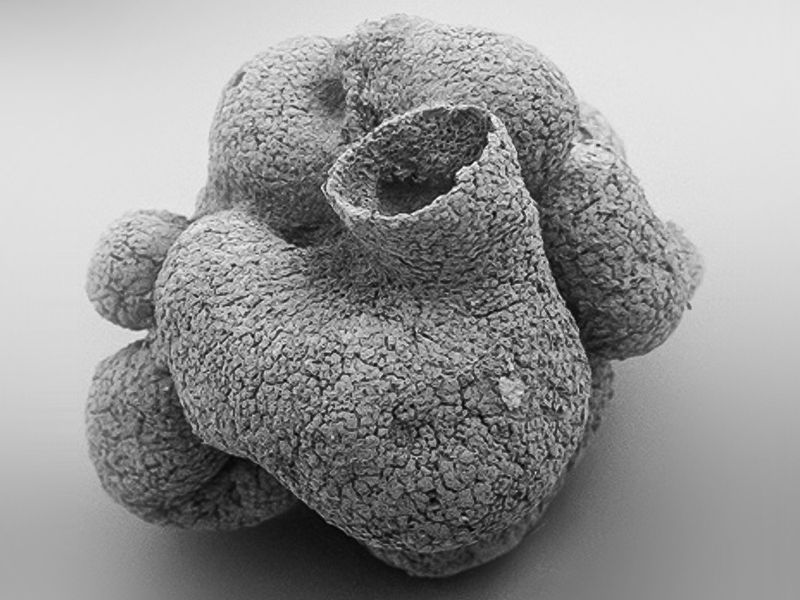
What other secrets lie hidden in ancient rocks? The discovery of Ikaria shows how new technologies can reveal previously invisible fossils. Scientists are now applying similar scanning techniques to other Precambrian rocks worldwide.
Each new find helps complete our picture of life’s earliest chapters. As research continues, we may discover even earlier ancestors, pushing back the origin of animals and revealing how life first became complex on our planet.


